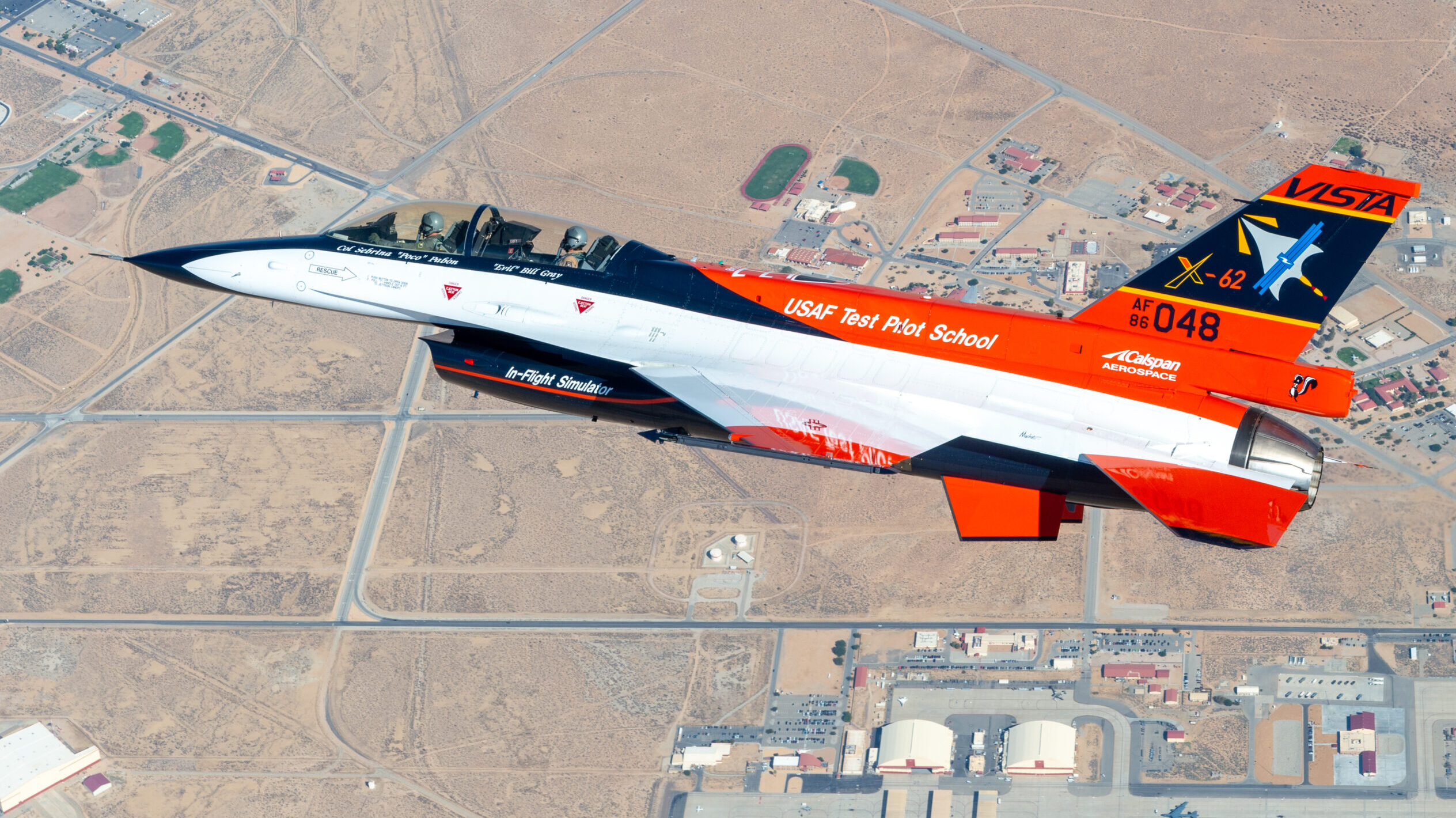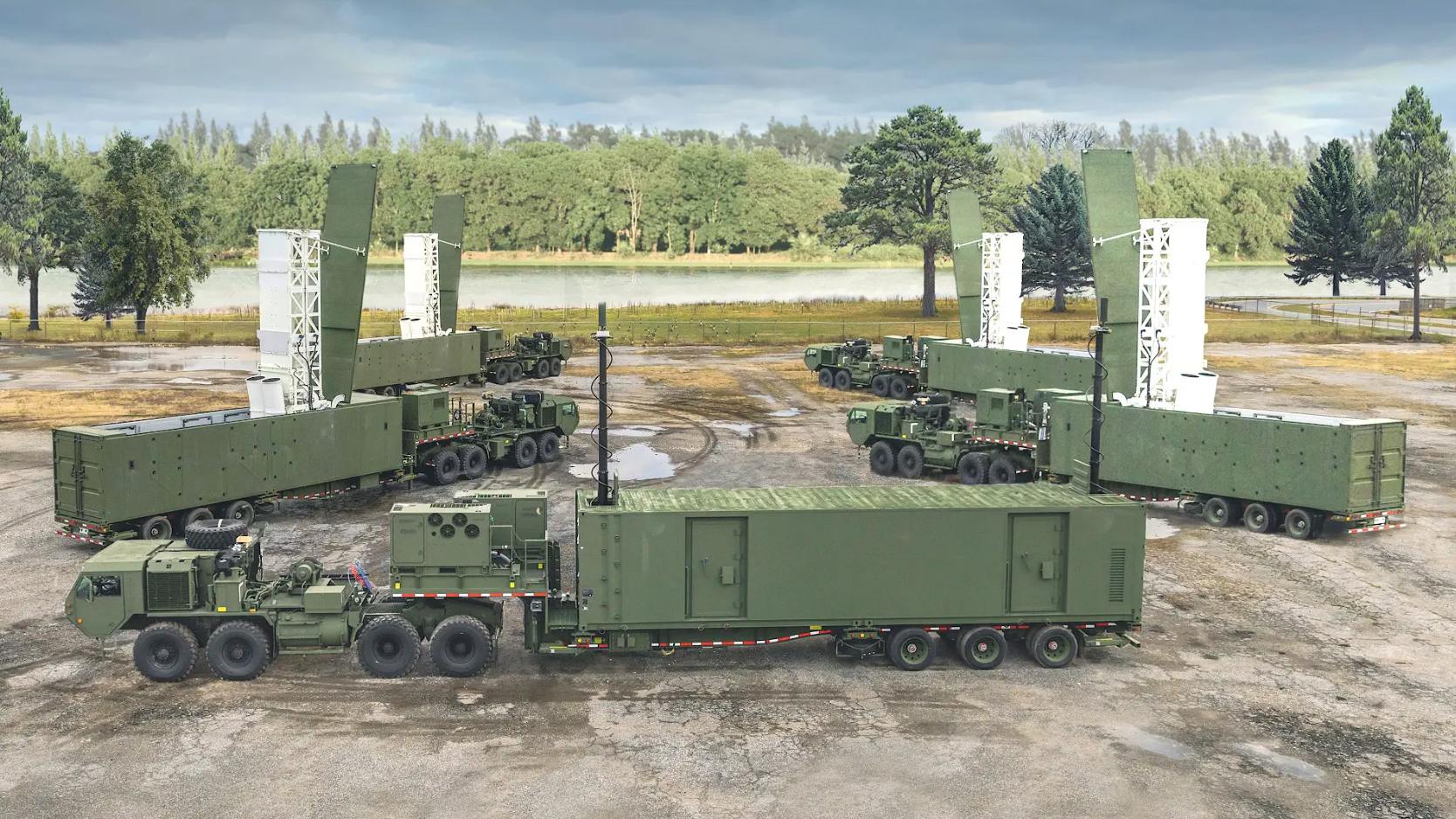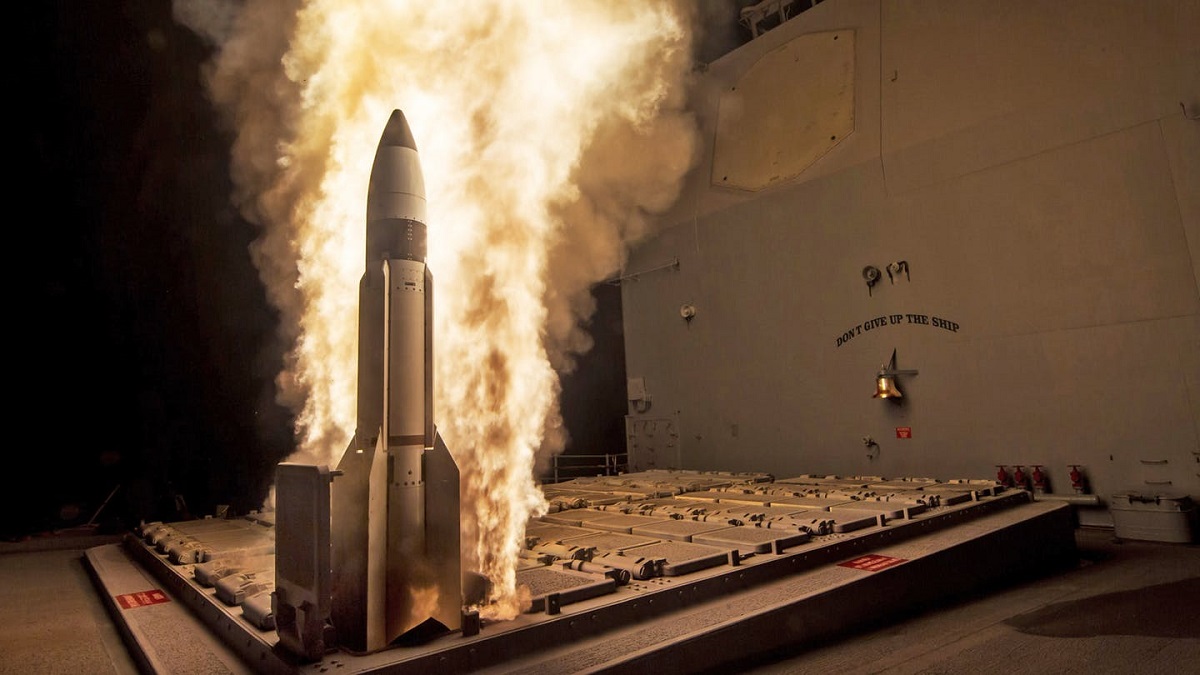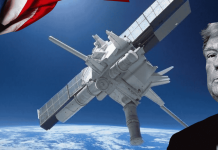With tensions between the US and China escalating, Beijing has become increasingly concerned about the US military’s activities, especially its development and deployment of new weapons.
US Air Force Secretary Frank Kendall’s recent flight aboard a modified F-16 powered by artificial intelligence has garnered significant attention from global media outlets.
Following the flight, Kendall remarked that the AI controlling the F-16 performed impressively, even matching up well against an experienced human pilot in dogfights. This development has reportedly stirred serious concerns in China.
On May 11, Chinese media reported that military analysts and observers are closely monitoring the recent unveiling of America’s experimental AI-powered F-16 fighter jet, warning of potential threats posed by its advanced capabilities.
The aircraft, equipped with artificial intelligence, promises faster reaction times and enhanced combat performance, raising concerns among Chinese defense circles.

Chinese experts have acknowledged the potential edge AI-controlled F-16s could give the United States in future air combat, citing their superior maneuvering capacity compared to human pilots and the potential for fewer in-air casualties.
Hong Kong-based military analyst Leung Kwok-leung, quoted in the report, noted the significance of the US’s strides in developing AI-controlled F-16s and urged China to closely monitor these advancements.
“The US is walking on the right path to develop AI-controlled F-16 to explore new air combat capabilities, which China should pay close attention to,” he said.
He further suggested that while it’s reasonable for the US to test AI algorithms on existing platforms like the F-16, China might pursue a different path in developing AI-controlled unmanned warplanes rather than applying it to existing ones.
Despite the US Air Force’s plans to deploy a fleet of more than 1,000 AI-enabled unmanned warplanes by 2028, experts caution that the technology is still in its nascent stages and requires further refinement.
One Chinese expert highlighted the challenges in utilizing AI in air combat, emphasizing the complexity of tasks such as air combat tactics, target analysis, and decision-making on weapon deployment.
He stated that while AI-controlled F-16s might react faster, significant advancements in machine learning would be necessary before they could be effectively deployed in large-scale air battles.
Concerns Over USA’s Deployment Of Typhon Weapons System IN Philippines
Beijing has also expressed major concerns over the United States’ recent deployment of a mid-range missile system in the Philippines. This development unfolded during a meeting with Southeast Asian nations.
The deployment in question involves the Typhon Weapon System, a sophisticated platform capable of supporting SM-6 anti-aircraft missiles and Tomahawk cruise missiles with a range exceeding 1,000 kilometers.
Last month, the Typhon unit, affiliated with the 1st Multi-Domain Task Force of the Army based at Joint Base Lewis-McChord in Washington state, was moved to northern Luzon, an island in the Philippines situated south of Taiwan, a territory claimed by Beijing. This deployment was part of a military exercise conducted in collaboration with the Philippines.
This deployment represented the first time such a sophisticated weapons system has been stationed in the region, a fact not lost on Beijing, which has repeatedly clashed with Manila over territorial disputes in the South China Sea.
The strategic location of the Philippines within the first island chain is of particular concern to Beijing, a geographical delineation perceived as crucial for military containment strategies against China.

By positioning military assets in the Philippines, the US may be signaling its intent to establish a formidable defense perimeter against Chinese expansionism.
The Typhon Weapon System, designed by Lockheed Martin, is pivotal in the US Army’s Multi-Domain Task Forces, conceived in 2017 to counter hybrid threats posed by major global players, including Russia and China.
Chinese Vice Minister of Foreign Affairs Sun Weidong, addressing reporters in Jakarta on May 10, highlighted China’s apprehensions regarding the deployment.
Sun said that the presence of such military hardware poses a “serious threat to the security of the countries of the region” and could severely undermine regional peace and stability.
He further condemned the resurgence of Cold War-style confrontations and cautioned against exploiting regional nations as instruments of hegemony.
The Chinese foreign ministry said that Sun engaged in “in-depth discussions” with his counterparts from Southeast Asian nations on international and regional matters of mutual interest.

Both sides reached an agreement to enhance collaboration on initiatives such as mine clearance, combating telecommunications fraud, and addressing illegal internet gambling.
That being said, from the US perspective, the deployment of the Typhoon system held significant implications on multiple fronts. Firstly, it marked a departure from the restrictions imposed by the 1987 Intermediate-Range Nuclear Forces Treaty (INF) between the US and the former Soviet Union, which prohibited all land-based missiles—both conventional and nuclear—with a range spanning 500 to 5,500 kilometers.
Following the US withdrawal from the INF in 2019, the US Army and Marine Corps embarked on extensive initiatives to develop new medium-range missiles.
These newly developed missile systems are now regarded as powerful assets in the Indo-Pacific, particularly amid the escalating tensions between China and the US, where the specter of a military confrontation looms large.
- Contact the author at ashishmichel(at)gmail.com
- Follow EurAsian Times on Google News




